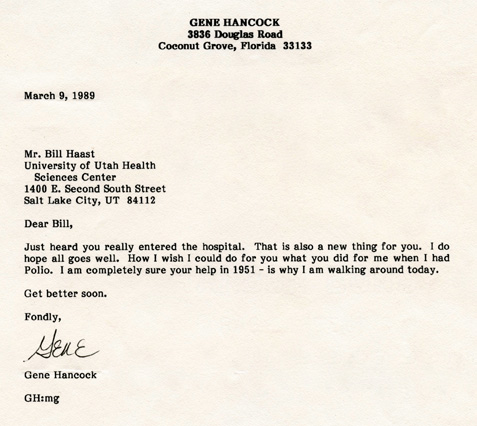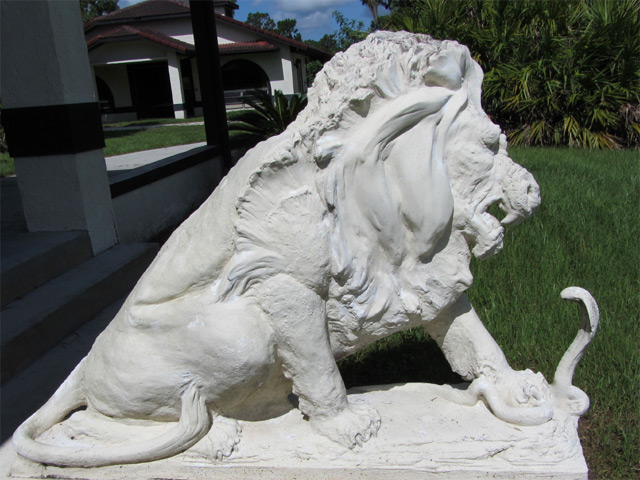
Terrible word, polio. It struck terror in the hearts of people for decades and in
certain parts of the world still does, and long before it was known to be caused by
a virus with the ability to destroy nerve cells, people tied necklaces of camphor
around their necks in order to ward off this unseen and unknown evil. Bill, with
his keen insight and intense curiosity, recognized while in New Jersey and still a
very young man, that a person suffering paralysis from polio would experience
the same debilitating symptoms of a person bitten by a cobra. Not knowing what
caused polio or how long it took for a person to become afflicted with it, he did
know that cobra venom acted quickly, and he also knew that it could be reversed
with antivenin, which indicated that the nerves were not permanently destroyed,
whereas the paralysis from polio, particularly the often fatal bulbar type, was
apparently irremediable. He wasn't sure exactly how it would work, but he knew,
stemming from that deep inner well of vision and intuition, that cobra venom
could be used to treat polio. It wasn't until many years later that he fortuitously
had the chance to test his conviction.
And he was right.
Bill Haast and King Cobra, the Polio Project, circa 1951

This letter by the late Mr. Gene Hancock was sent to Bill after a Saw-scaled viper bite that occurred in Salt Lake City, Utah in the year 1989. Several victims of poliomyelitis were given the cobra venom treatment in Miami in the early 1950’s, and as this letter attests, Mr. Hancock was one of the fortunate ones. Sincere thanks to Mr. Hancock’s son Eugene for permission to present this letter.


Bill, after having launched the idea of using cobra venom to cure polio at the University of Miami, dedicated this marble plaque in honor of the Polio Team; it was embedded in the concrete platform below the symbolic statue of the lion (representing the polio virus) with it’s paw on the cobra (representing the cure) within the enclosure of the crocodile exhibit at the Miami Serpentarium until the close of the attraction in 1984.
